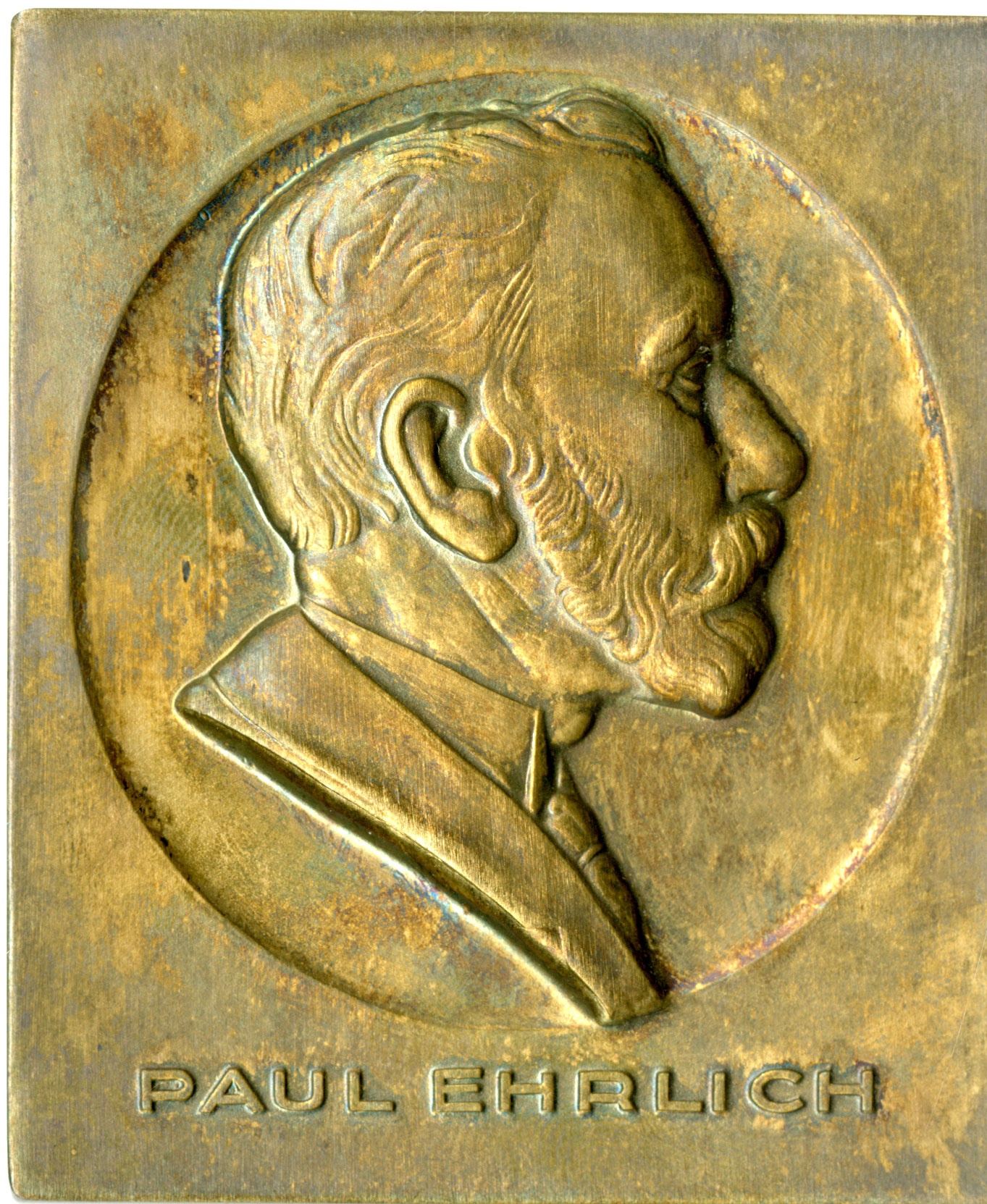...
| Dive | |||||||||||||||||||
|---|---|---|---|---|---|---|---|---|---|---|---|---|---|---|---|---|---|---|---|
| |||||||||||||||||||
|
Formal Recognition
“Dr. Potter's catalytic influence on the field of antibody research has extended far beyond his own laboratory through his generous sharing of materials, cell lines, information, and creative ideas.”
- —Lasker Foundation citation
The Ehrlich Prize
| Dive | |||||||||||||||||||
|---|---|---|---|---|---|---|---|---|---|---|---|---|---|---|---|---|---|---|---|
| |||||||||||||||||||
|




